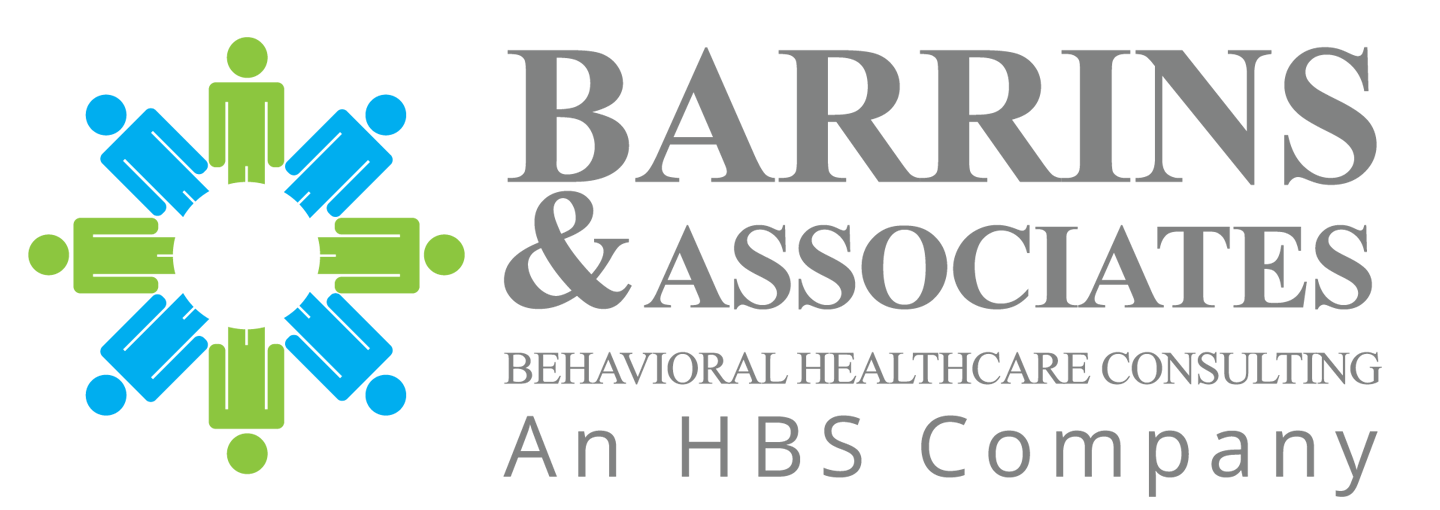In psychiatric hospitals and community behavioral health organizations, the stakes for patient safety are uniquely high. Patients/Clients often present with acute psychological distress, suicidal ideation, or co-occurring medical conditions — all within environments that must simultaneously be therapeutic and secure. When serious adverse events occur, such as suicide, assault, or elopement, they are categorized as sentinel events — unexpected incidents involving death or serious physical or psychological harm.
Understanding the most common sentinel events in behavioral health settings — and how standards from accrediting and regulatory bodies like CMS, TJC, DNV, CIHQ, ACHC, CARF, Social Current (COA), and state agencies — help mitigate these risks is essential to improving safety, regulatory and accreditation compliance, and patient trust.
What Are the Most Common Sentinel Events in Behavioral Health Settings?
According to data from TJC, CMS incident reports, and behavioral health-specific accrediting bodies, the most common sentinel events in psychiatric and behavioral health environments include:
- Suicide (attempted or completed) during hospitalization or shortly after discharge
- Patient-on-patient assaults, particularly in inpatient psychiatric units
- Staff-on-patient abuse or neglect
- Elopement, especially among high-risk patients in unlocked settings
- Restraint- or seclusion-related deaths or injuries
- Medication errors, including over-sedation or missed psychiatric doses
- Self-harm due to environmental hazards, such as ligature risks or contraband
- Delayed or missed diagnosis, particularly of medical issues in psychiatric patients
- Failure to recognize or respond to clinical deterioration
- Failure to protect vulnerable populations, including children, individuals with disabilities, or those under involuntary hold
These sentinel events not only lead to harm but also trigger internal investigations, accreditation risk, regulatory citations, and in some cases, loss of licensure or reimbursement.
How Do Accreditation and Regulatory Standards Safeguard Patients?
The good news: accrediting and regulatory agencies have developed robust standards specifically designed to prevent these events through rigorous planning, monitoring, and continuous improvement frameworks. Here’s how each plays a role:
1) The Joint Commission (TJC)
TJC has led the way in identifying ligature risks, suicide prevention strategies, and behavioral health design standards. Their National Patient Safety Goals (NPSGs) require psychiatric hospitals to:
- Conduct suicide risk screenings using validated tools at intake
- Implement ligature-resistant environments in psychiatric settings
- Document and monitor clinical interventions and reassessments
- Follow strict protocols around restraints and seclusion
- Analyze sentinel events using Root Cause Analysis (RCA) and implement systemic corrective actions
TJC’s Sentinel Event Policy also mandates that hospitals report specific adverse events and demonstrate how they’ve used the data to improve safety.
2) Centers for Medicare & Medicaid Services (CMS)
CMS Conditions of Participation (CoPs) are legally binding for hospitals receiving Medicare/Medicaid funding. Key requirements include:
- Active Quality Assessment and Performance Improvement (QAPI) programs
- Written policies for restraint use, with specific timeframes and physician orders
- Adequate staffing and supervision levels, including for patients in seclusion
- Patient rights protections, including safe, abuse-free environmentsImmediate reporting of deaths associated with restraint or seclusion
Failure to comply can lead to termination of Medicare provider status, making CMS standards a powerful enforcement mechanism.
3) DNV Healthcare
DNV’s NIAHO standards incorporate ISO 9001 quality management principles and are closely aligned with CMS CoPs. DNV emphasizes:
- Process-based risk reduction and early identification of system failures
- Integration of safety goals into the organization’s strategic planning
- Comprehensive review of clinical processes related to behavioral health patients in acute settings
Their continuous survey readiness model encourages year-round focus on patient safety.
4) CIHQ (Center for Improvement in Healthcare Quality)
CIHQ’s approach to behavioral health safety includes:
- Real-time reporting and analysis of adverse events and near misses
- Ensuring emergency response capabilities are available in psychiatric units
- Focused compliance with restraint use and supervision documentationInternal auditing of patient rights violations or abuse allegations
CIHQ prioritizes practical compliance pathways for psychiatric hospitals seeking to reduce risks while maintaining operations.
5) ACHC (Accreditation Commission for Health Care)
ACHC accredits a range of behavioral health providers, including community-based services. Their standards emphasize:
- Rigorous intake and risk assessment procedures
- Staff training in crisis de-escalation and abuse prevention
- Systems for monitoring medication management and documentation
- Emergency protocols for missing clients or elopement
ACHC supports smaller or outpatient behavioral health organizations with manageable, scalable safety standards.
6) CARF (Commission on Accreditation of Rehabilitation Facilities)
CARF-accredited behavioral health programs must:
- Implement trauma-informed approaches across the organization
- Proactively address risk management, including environmental and clinical
- Engage clients and staff in performance improvement initiatives
- Maintain robust incident reporting and corrective action systems
CARF places strong emphasis on client empowerment and safety culture as drivers of outcome improvement.
7) COA (Council on Accreditation)
For organizations serving children, families, and high-risk populations, COA requires:
- Child safety protections in residential and outpatient settings
- Policies to prevent sexual abuse, restraint misuse, and neglect
- Protocols for immediate response and investigation of critical incidents
- Routine engagement with stakeholders to improve client safety and perception of care
COA’s standards promote a strong therapeutic alliance, which is essential to identifying risks early.
8) State Licensing Agencies
State agencies often adopt or extend CMS and accreditation standards. Many require:
- Critical incident reporting within 24 hours
- Investigation and response timelines
- Training mandates for suicide prevention, restraint use, and abuse recognition
- Facility design reviews for psychiatric licensure approval
Failure to meet state standards can result in licensure suspension or fines, underscoring their role in patient protection.
Conclusion
Sentinel events in psychiatric hospitals and behavioral health settings are deeply impactful — for patients, families, staff, and organizations. But they are also largely preventable. By aligning clinical practices, facility design, documentation, and workforce training with the safety requirements of TJC, CMS, DNV, CIHQ, ACHC, CARF, COA, and state agencies, behavioral health providers can create safer environments that promote recovery, uphold dignity, and sustain trust.
Barrins & Associates
At Barrins & Associates, we partner with organizations across the behavioral health continuum to not only meet but exceed these accreditation and regulatory expectations — turning safety risks into opportunities for sustainable, measurable improvement. Contact us today to strengthen your risk management program and prepare your organization to prevent — not just respond to — sentinel events.
Barrins & Associates – “Simplifying Compliance, Empowering Patient Safety”


